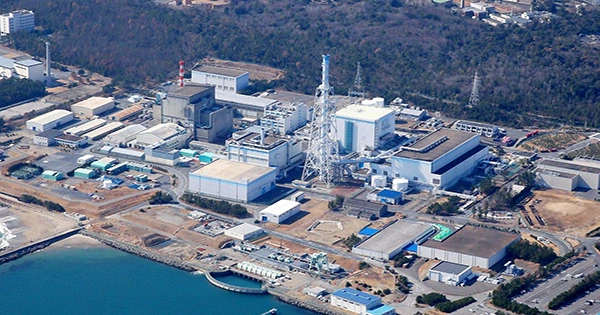On September 30, 1999, a horrific tragedy occurred in Tokaimura, Japan, when an uncontrolled chain reaction involving radioactive material was ignited. This would be the greatest nuclear disaster in the country’s history. Over the next 20 hours, 49 people inside the plant were exposed to dangerous levels of radiation, though it’s possible that the total exposure was higher. Hisashi Ouchi, then 35 years old, was one of them, having been exposed to 17 sieverts (Sv) of radiation – 10 Sv more than the fatal dosage, which is estimated to be approximately seven. Efforts were made to preserve the technician’s life, but the radiation’s severe effect on his body killed him 83 days later.
THE CRITICALITY ACCIDENT IN TOKAIMURA, According to the World Nuclear Association, the disaster happened in a small fuel preparation factory owned by JCO (previously Japan Nuclear Fuel Conversion Co.) in the Ibaraki Prefecture, which supplied specialist research and experimental reactors. Those involved were combining 2.4 kilos (5.3 pounds) of enriched uranium with nitric acid to make reactor fuel. The risky technique was intended to take place in a dissolving tank, guided by the approved nuclear fuel preparation procedure – but the workers were told to use an unapproved procedure instead. They mixed 16 kilos (35.3 pounds) of fissile material by hand in a stainless steel pail.
“At 10:35 a.m., the uranium reached a critical mass, triggering an uncontrolled chain reaction that spewed radiation for over 20 hours,” according to the BMJ. “Before falling with sickness, the three personnel who carried out the surgery saw a blue flash – the Cerenkov radiation that is generated after a critical reaction.” They were rescued by coworkers and transported by emergency personnel to a local hospital.”
HISASHI OUCHI: WHAT HAPPENED TO HIM? Ouchi was brought to the National Institute of Radiological Sciences in Chiba after the fatal dose. Most of his body was covered in severe radiation burns, and his internal organs were severely damaged. Ouchi and the other two workers were sweating profusely and vomiting profusely, putting them at risk of dehydration.
Ouchi’s lymphocyte count had also dropped to nearly zero as a result of the radiation, according to blood tests. Lymphocytopenia (or lymphocytopenia) occurs when the number of lymphocytes, a kind of white blood cell involved in the immune system, becomes too low, leaving the body vulnerable to infections. It’s caused by blood illnesses including Hodgkin’s lymphoma and leukemia, as well as AIDS and, of course, radiation exposure.
Doctors at the University of Tokyo Hospital attempted a peripheral stem cell transplant from Ouchi’s sibling in an attempt to save his life. While the cells engrafted and started producing blood cells, he still had bone marrow suppression, necessitating strict infection control. He lost a lot of blood and body fluids as a result of his skin loss and gastrointestinal injuries, and he had respiratory failure as a result of the fluid on his lungs. On day 58, he went into cardiac arrest owing to hypoxia, but he was recovered.
His situation deteriorated further as his kidneys and liver failed, he battled respiratory failure, and he acquired hemophagocytic syndrome, a life-threatening illness marked by an excessive and aberrant immune response. Ouchi eventually died from his injuries after 83 days, suffering a sudden heart arrest owing to multiple organ failure. Masato Shinohara, another of his colleagues, lived for seven months thanks to skin grafts, cancer therapies, and an umbilical cord blood stem cell transfusion, but died 211 days later from multiple organ failure.















